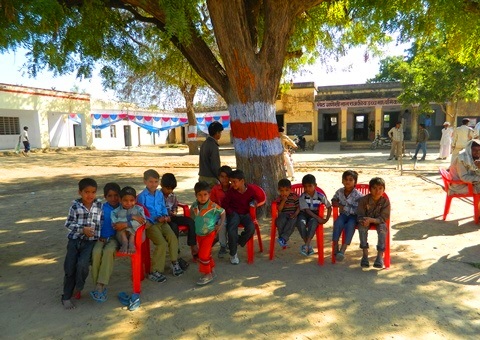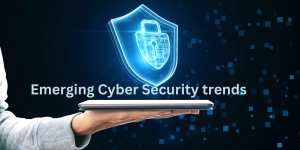
ICTpost Governance Bureau
When the focus on e-Governance started in the late nineties in India, the Internet connectivity was abysmally poor. In rural India, there was practically no such connectivity. Therefore a significant amount of e-Governance focus was on connectivity and especially on setting up rural Internet kiosks, a shared access center, where the rural citizens could come and access services through the Internet.
The 700 million plus people, then living in rural India, had difficulties in accessing services. With these access centres, also referred to as Community Service Centres (CSCs), they would be able to deal with the government through electronic means. They would also be able to get other services commercially in addition to using these centres to access education-based services. The centres could also be used to provide telemedicine services and financial services (like banking) which were not accessible to rural Indians.
The setting up of these kiosks started as an initiative of some district collectors in remote regions of Madhya Pradesh and Maharashtra. Soon, companies like n-Logue and Drishtee emerged, which attempted to set these Internet kiosks on commercial basis. There were many great stories of how it impacted people and how a host of services were introduced that would transform the lives of rural people, and soon the movement spread. The Department of Information Technology stepped in and created a huge programme to involve large commercial companies to set up a CSC in each village.
More than a decade after we started paying attention to e-Governance, the question is why has the progress been so slow?
Unfortunately, even with such great hype, the CSCs have not been commercially successful. The e-Governance services promised at these rural kiosks are still in their infancy, generating very little revenue except in some pockets. CSC has not even attempted to learn enough from the prior efforts that were carried out in setting up such kiosks. They have themselves failed so far to build sufficient services which could make the CSCs viable. The whole effort is therefore tottering.
Mobiles have made great strides
In the meantime, mobile telephony has made great strides in India. Over 5 billion mobile connections exist today and the base grows at over 15 million per month. Most of the rural areas have mobile connectivity. In addition to voice connectivity, low bit rate data connectivity (GPRS, 3G-1X) on mobiles already exists. With 3G licensing now behind us, we will soon see higher data rate connectivity all over. Further, mobile phones are increasingly becoming more powerful and could enable one to access most services that would have been earlier available only on computers. In fact, mobile banking is already being provided by most of the banks today. There is no reason why most e-Governance services cannot be provided using mobile services.
But many people in rural India are still illiterate or semi-literate and are therefore not too comfortable in accessing any kind of data services on mobiles. With such barriers, innovations in enabling voice-based services can open avenues for rural India. They can interact through phones with back-end computers using regional language in local dialects, and access information and carry out transactions. In fact, voice services also benefit from using voice-based authentication as an additional factor for authenticating a user before providing the services. Such services are now being provided in banking and agricultural sector and are being continuously expanded.
Time to move on
It is time to move on from the focus on access. Let commercial players take care of it. Services could be provided on mobiles and some advanced services can be provided by the shared CSCs wherever they exist.
The e-Governance focus has to shift back to back-end computerisation of government offices, so that services could be accessed by people by electronic means. This is a difficult process but as several agencies like banks, department of company affairs, income-tax and other taxation departments and stock-exchanges have shown, this is indeed doable with the right focus. We need to take up each service (or department) and focus on why they cannot be converted to electronic means in a short time frame and all over the nation.
The conferences and workshops have to be focused on one service at a time, and get into depth of existing bottlenecks, and figure out ways to overcome them. Specific timeframes must emerge from such workshops, and teams that will carry out the tasks should be identified. The benefit will just not be in terms of accessing services; it will also be a strong step in terms of bringing about transparency.
With the right approach, one should start seeing the impact in the next couple of years. The telecom service provider will indeed need to rise to the occasion and provide access all over India. The citizens will see the difference.







